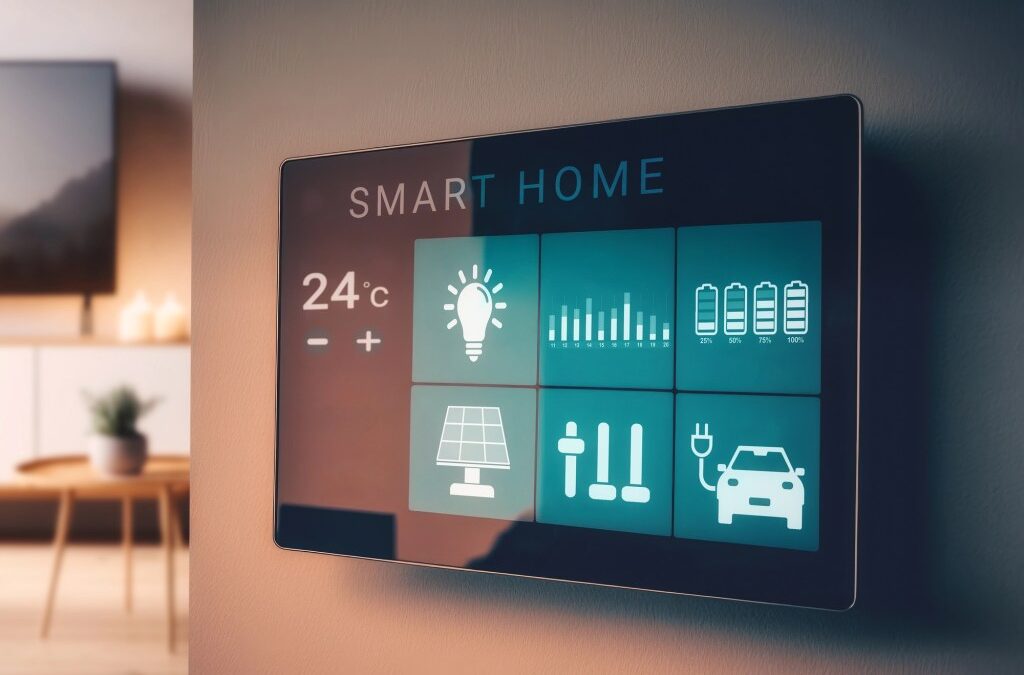Keeping your rental property business relevant in 2025 means adapting to the wants of modern renters. In other words, to attract and retain tenants, you have to invest in smart home technologies that make homes more energy-efficient, convenient, and offer more control. However, it can be frustrating when the setup goes wrong, causing anything from a mild inconvenience to wasted money or even security risks. Continue reading this article about smart home integration mistakes you should avoid, to ensure your installation runs smoothly and truly makes life easier in your home.
Why Property Integration Matters in Smart Home Technology Systems

Stand out in today’s competitive real estate market by upgrading to a smart home. Properties with fully integrated systems where the security, lighting, climate control, and entertainment systems all work in harmony are now a significant selling point in the USA. After all, buyers are often willing to pay a premium for a home that offers this level of convenience and sophistication, which can lead to faster sales and a higher return on investment for the homeowner.
However, that also means properties with a jumble of disconnected gadgets are less likely to deliver the seamlessness of an integrated system, which can leave renters frustrated and uninterested. That shows that fancy tech isn’t the real selling point, integration is, because it signals that the property is modern, well-maintained, and future-proof.
Enhanced User Experience and Convenience
Make your tenants’ lives easier and not more complicated with proper property integration. Instead of opening multiple apps to adjust the thermostat, turn off the lights, and lock the doors, integrated homes let homeowners do it all with a single command or a pre-set scene. Thankfully, Bay Property Management Group Montgomery County can help landlords implement these smart home solutions.
For example, you can create a “movie night,” mode that automatically turns on your TV, dims the lights, and adjusts the room’s temperature. As a result, your tenants can create automated routines while avoiding “app fatigue” that often comes with a fragmented system. In the long run, this creates a truly intuitive and effortless living experience for your tenants.

Improved Security and Energy Efficiency
An integrated system enhances a home’s security and efficiency in ways that standalone devices cannot. For instance, an integrated security system can be programmed to work with the home’s lighting and motion sensors to deter intruders. If a motion sensor is triggered, the lights can automatically turn on and the alarm can sound, all without your tenant having to lift a finger.
Similarly, integrated smart thermostats and blinds can work together to optimize energy consumption, adjusting temperatures and sunlight based on occupancy and real-time weather data. This not only saves money on utility bills but also contributes to a more sustainable lifestyle.
Common Smart Home Integration Mistakes to Avoid

One of the emerging home building trends is considering smart home technology in all areas of a property. However, one of the biggest mistakes you can make is buying devices on a whim, without considering how they will work together. An assortment of smart bulbs, plugs, and cameras from different brands might seem like a good idea at first, but it often leads to a “patchwork” system of incompatible ecosystems.
Imagine having a central Google Home that doesn’t pair with your Apple TV. In the end, the forward-thinking approach to ensure a seamless user experience is to ensure all your future purchases are consistent with the one you currently have.
Ignoring Tenant Privacy Concerns
For property managers and landlords, integrating smart technology requires a delicate balance between providing modern amenities and respecting tenant privacy. Smart devices such as thermostats, door locks, and security cameras can collect vast amounts of data on a tenant’s behavior, from their daily routines to their energy usage.
Unclear communication and a lack of proper consent can lead to legal issues and a breakdown of trust. For legal reasons, it is crucial to have an open conversation with tenants about any smart devices installed in the property, what data they collect, and who has access to that data.

Overlooking Maintenance Needs
Smart technology, like any other home system, requires regular maintenance to function optimally. While smart devices may seem low-maintenance, they depend on consistent software and firmware updates to ensure security and compatibility. Neglecting these updates can leave your system vulnerable to cyber threats and cause devices to malfunction.
Additionally, physical maintenance is often necessary. Batteries in wireless sensors need to be replaced, and cameras and sensors need to be kept clean and free of debris. However, creating a simple maintenance schedule will help you avoid frustrating performance issues and prolong the life of your smart home system.
Conclusion
Smart home technology can improve comfort, security, and efficiency, but only when it’s planned and managed correctly. Choosing devices without a long-term vision leads to fragmented systems, while ignoring tenant privacy can cause mistrust and disputes. Also, overlooking ongoing maintenance leaves your setup vulnerable to breakdowns and security risks. By avoiding these mistakes and focusing on compatibility, transparency, and upkeep, you can create a smart home system that works reliably today and adapts to future needs.
Related
<!–
–>

